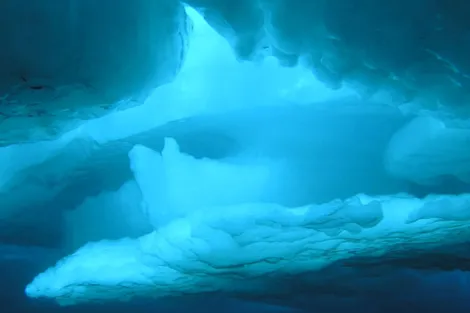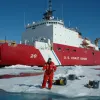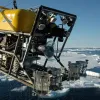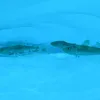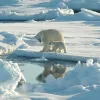Hidden beneath Arctic ice is a world few have ever seen. Take the icy plunge with a team of ice-loving scientists.
Under Arctic Ice
Hidden beneath Arctic ice is a world few have ever seen. Take the icy plunge with a team of ice-loving scientists.
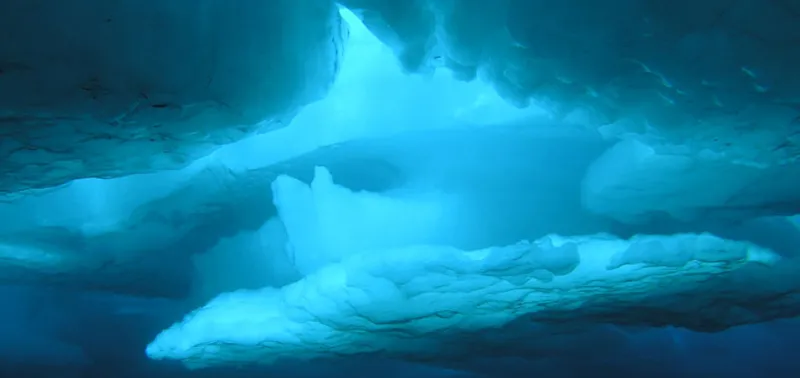
The Hidden Ocean
Credit: E. Siddon, UAF, Hidden Ocean 2005, NOAA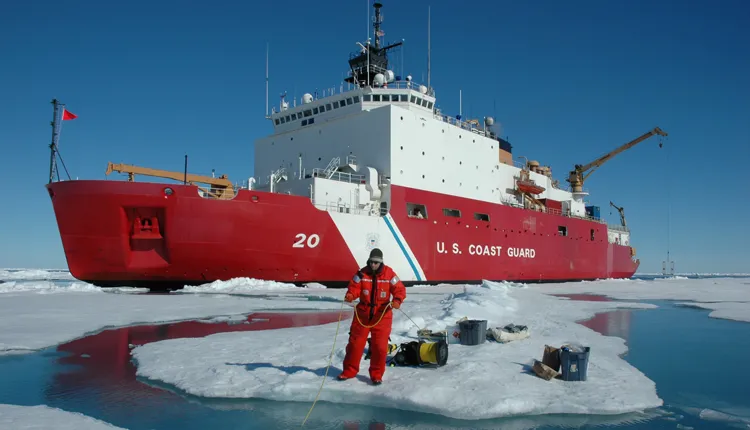
Breaking the Ice
Credit: E. Siddon, UAF, Hidden Ocean 2005, NOAAIn 2005, 35 researchers from the US, Canada, China, and Russia boarded the US Coast Guard Cutter Healy and headed for one of the deepest areas of the Arctic Ocean. Funded and organized by the National Oceanic and Atmospheric Administration’s (NOAA) Office of Ocean Exploration and in support of the Census of Marine Life, they used a wide range of technologies to add to a baseline of data about Arctic species, against which to measure change.
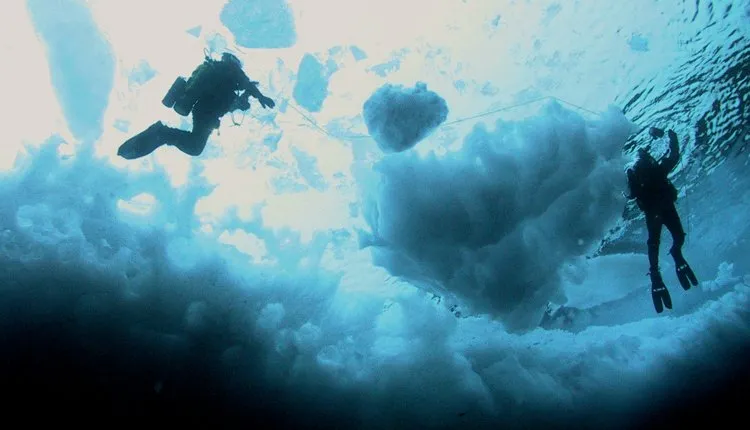
Ice Divers
Credit: E. Kristof, NGS, Arctic Exploration 2002, NOAA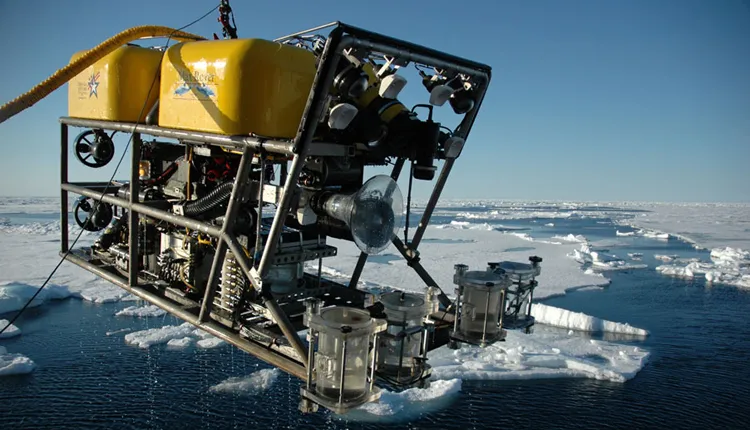
ROV’ing Eyes
Credit: J. Potter, NOAA, Hidden Ocean 2005The mission used an ROV (Remotely-Operated Vehicle) to dive deeper than ice divers. ROVs can also operate longer than manned submersibles. The ROV was equipped with lights and a high-definition video camera, allowing the scientists to bring a stunning array of images through a fiber-optic tether up to the ship.
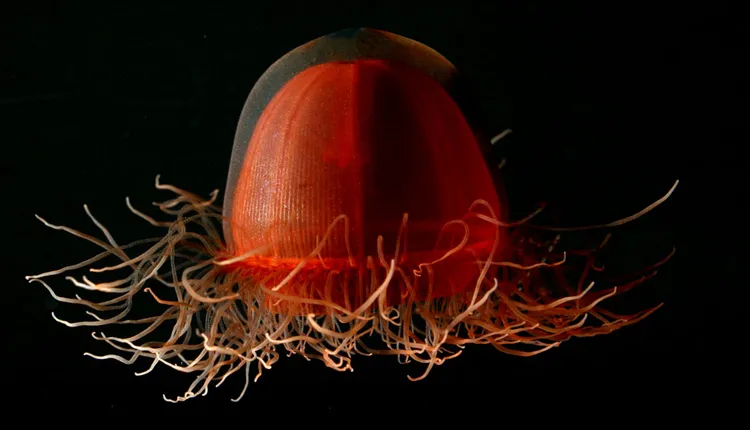
Fragile Fauna
Credit: K. Raskoff, Monterey Peninsula College, Hidden Ocean 2005, NOAAAn array of alien-like animals can be found from the shallows to the deep in the Arctic Sea. Ranging in size from just a few millimeters to several meters long, their bodies are often gelatinous (jelly-like), translucent, and some are bioluminescent. These delicate creatures are hard to study. Nets can damage them and some preservatives destroy their fragile bodies.
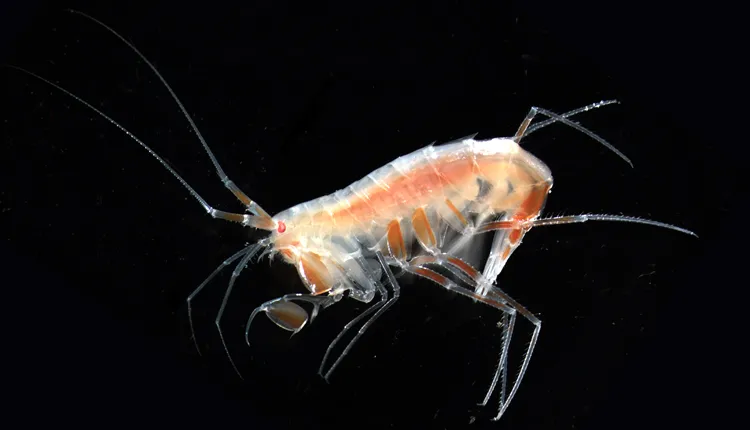
Tiny Zooplankton
Credit: R. Hopcroft, UAF, Hidden Ocean 2005, NOAAZooplankton—Greek for "drifting animal"—are tiny creatures that cannot swim enough to overcome currents. They range in size from single-cells to larger copepods, krill, shrimp, and jellyfish, and are a vital part of the marine food web. They feed on microscopic plants called phytoplankton. And in turn, zooplankton are the main food source for many of the bigger animals in the Arctic, such as fish and whales.
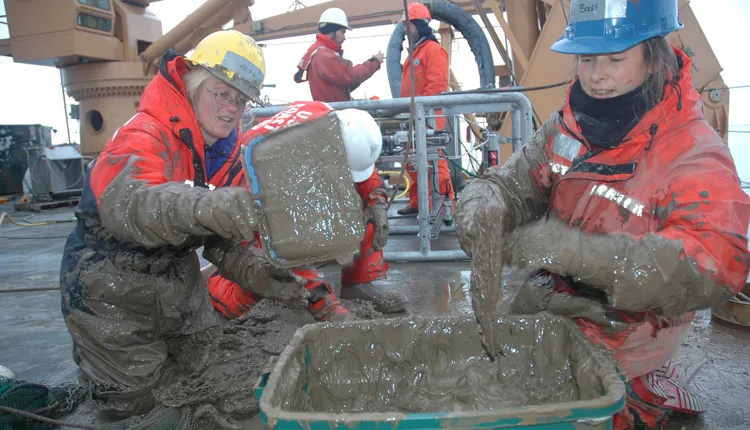
The ‘Mud People’
Credit: J. Potter, NOAA, Hidden Ocean 2005Benthic scientists on the ship are called "mud people" because they bring up samples from the seafloor using bottom-trawl nets and box corers that collect mud. The bottom trawl is dragged along the seafloor, and the box corer grabs a square chunk of the seafloor sediment. Then the researchers on the ship pull up the sample and comb through the mud for critters to study.
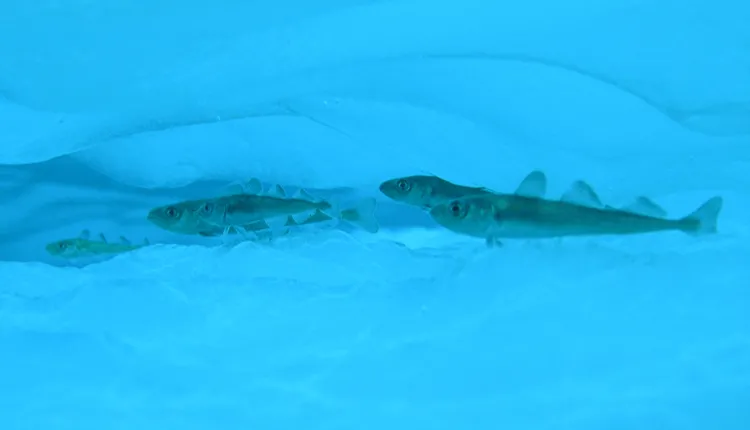
Arctic Adaptations
Credit: E. Siddon, UAF, Hidden Ocean 2005, NOAARemarkable adaptations have made it possible for animals in the water and on land to survive the bitter cold of the Arctic. Arctic cod have an ‘antifreeze protein’ that prevents their blood from freezing. These proteins bind to tiny ice crystals inside their bodies, keeping the ice crystals from enlarging. Walruses and polar bears both have thick layers of blubber that not only insulate but also store energy. Some birds, such as the Arctic tern, have adapted by flying south.
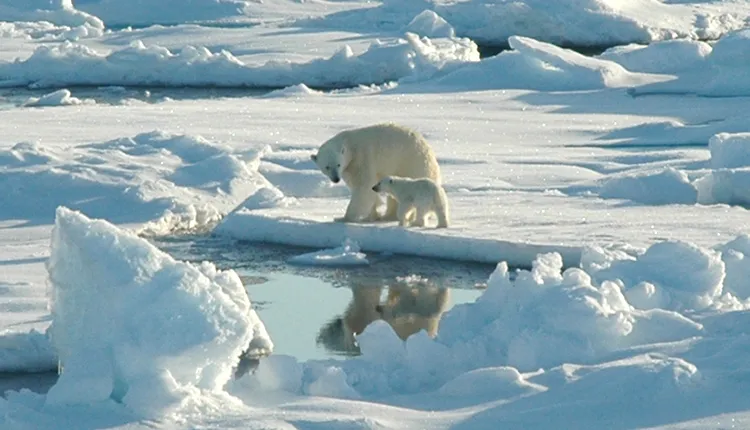
More to Explore
Credit: K. Elliott, NOAA, Hidden Ocean 2005There is still much more to explore under the Arctic ice: new species waiting to be discovered and new insights into our changing planet. Some of the most dramatic evidence that our planet is warming is the continued decrease of the Arctic summer sea ice cover and the loss of older, thicker ice. Polar bears need sea ice to hunt. Walruses need sea ice to rest. How will Arctic animals adapt to a warmer world? The Arctic’s icy future is uncertain.


